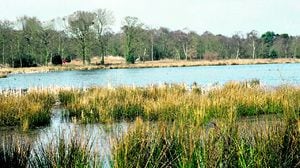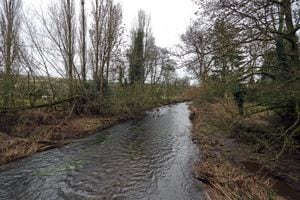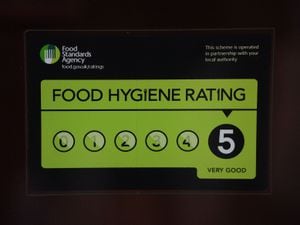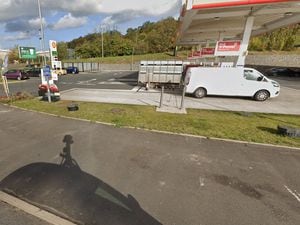The Stiperstones, River Clun and mosses among Shropshire environmental sites which could be hit by housing plans
Twenty sites of environmental importance have been identified which could be affected by new housing and employment development in Shropshire by 2036.

Seven sites in the county as well as a further 13 outside the region have been identified as part of Shropshire Council’s Local Plan Review (LPR).
The sites in the county include Fenn’s, Whixall, Bettisfield, Wem & Cadney Mosses, the Stiperstones and the Hollies SAC, Brown Moss SAC, Midland Meres & Mosses Ramsar Phase 1, Midland Meres & Mosses Ramsar Phase 2, River Clun SAC and West Midlands Mosses SAC Clarepool Moss.


Public consultation has started on the review, which has identified additional housing and employment opportunities for towns and villages in the county.
Although almost 19,000 homes are already set to be built in the county, the plan says a further 10,000 will be needed by 2036.
About 300 hectares of employment development would be earmarked under the plan.
A report prepared as part of the local plan review states: “It is felt that 20 international sites could potentially be directly or indirectly affected by the Shropshire Local Plan Review. Subsequent LPR documents will propose more detailed policies and establish potential locations for housing and employment land.
“Following the precautionary principle, the first step in the screening process was to identify all international sites in Shropshire and within 15km of the county boundary.
“This figure was chosen as a starting point as the largest buffer identified in the literature for negative effects was 12km. Additional sites were added to the screening by considering possible longer distance pathways e.g. river SACs downstream of Shropshire, and through consultation with Natural England and Natural Resources Wales.
“Possible pathways for significant adverse effects on these international sites as a result of the LPR have been identified and placed in three main categories: air pollution; water pathways; and recreation; for this round of HRA screening.
“Key points for consideration in the next stages of LPR preparation are determining if sufficient existing infrastructure and resources are available to support the increase in resident and working populations, the location of residential and employment allocation sites and the wording of policies must avoid any likely significant adverse effects on international sites, either alone or in-combination, and if a change of use is proposed for existing allocated employment sites then these must be re-screened for potential adverse effects on international sites.”
Sites which have been identified but lie outside of the county include Cannock Chase SAC and River Dee & Bala Lake SAC.
Public consultation on the LPR will close on December 22.





